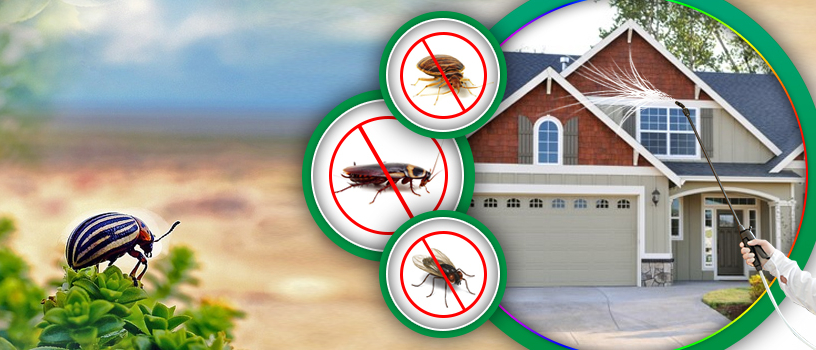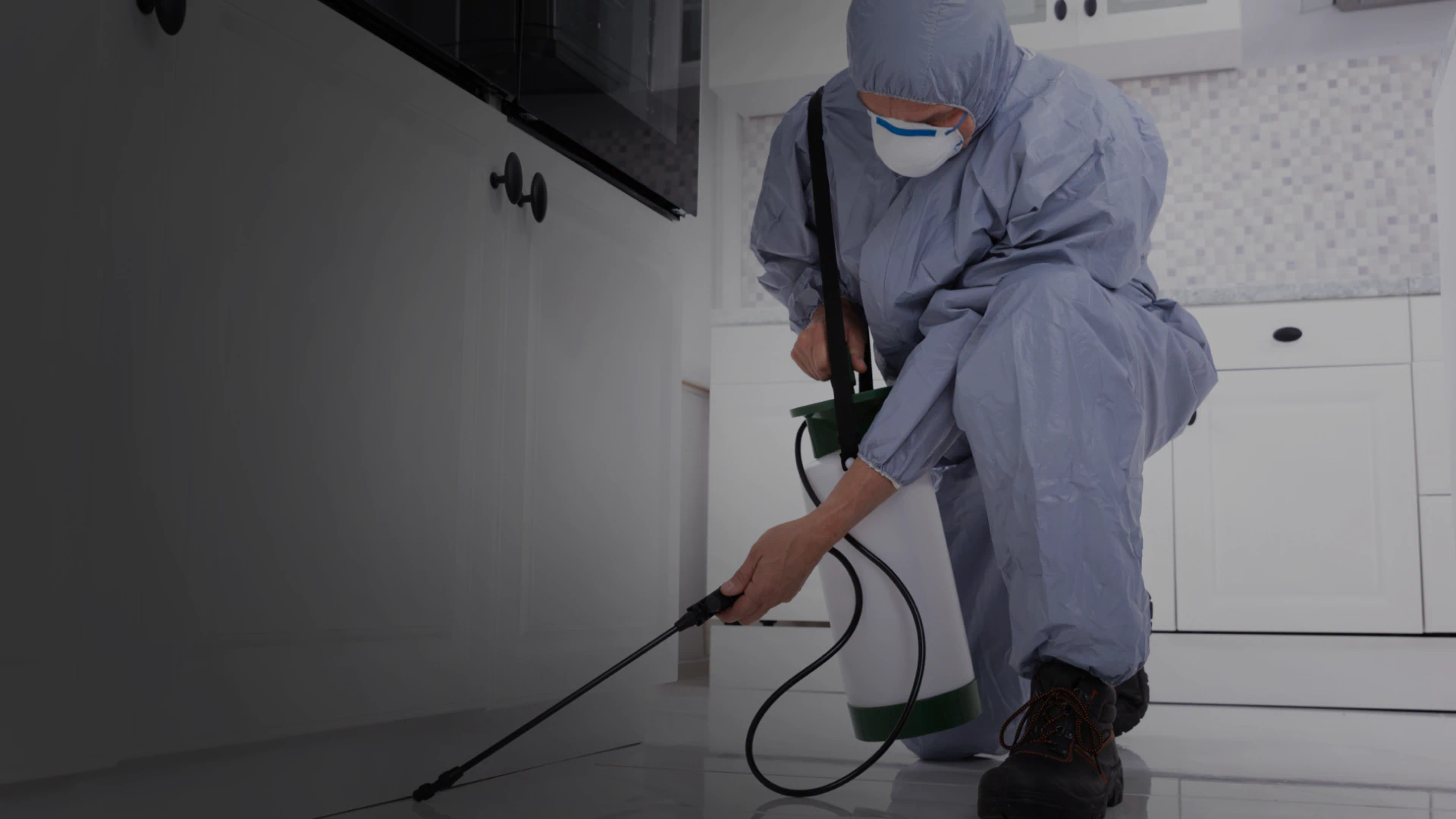Proven Bed Bug Heat Treatment: Remove Bed Bugs with Heat!
Proven Bed Bug Heat Treatment: Remove Bed Bugs with Heat!
Blog Article
Specialist Parasite Control Techniques for Long-Term Outcomes
Expert parasite control techniques envelop an extensive approach that begins with a comprehensive examination and assessment, adhered to by precise insect identification to recognize their actions patterns. The execution of Integrated Parasite Management (IPM) principles, coupled with eco-conscious therapies, develops the keystone of sustainable parasite eradication.
Inspection and Assessment
Upon entering a property for bug control services, the initial step is a comprehensive assessment and assessment to recognize the degree of the invasion and figure out one of the most effective treatment strategy. Expert bug control technicians are educated to carefully analyze the properties, trying to find indicators of insect task such as droppings, gnaw marks, nests, or any kind of architectural damage. They will additionally analyze the conditions that might be drawing in pests, such as food resources, water leakages, or entrance factors.

Bug Recognition and Habits

Furthermore, understanding the behavior of the identified pest is key to carrying out efficient control procedures. Recognizing where bugs nest, what they feed on, and their task patterns can help pest control experts design techniques to eradicate them successfully. Some parasites might be nocturnal, while others are much more energetic throughout the day. This expertise permits the application of therapies at optimal times for maximum efficiency.
Integrated Bug Management (IPM)
Integrated Bug Management (IPM) techniques combine several strategies to control and stop parasite invasions in a lasting and ecologically friendly manner. bed bug dog. By incorporating approaches such as organic control, habitat control, alteration of social methods, and using immune ranges, IPM intends to minimize using chemical pesticides
One of the key principles of IPM is the emphasis on prevention. This proactive method includes monitoring parasite populaces frequently to discover any prospective concerns before they rise. By recognizing bug issues at an early stage, pest control procedures eliminate mice can be executed promptly and efficiently.
Additionally, IPM promotes making use of safe bug control techniques whenever feasible. This can include using all-natural killers of the pests, see here introducing beneficial bugs, or utilizing scents to interrupt breeding patterns. By minimizing reliance on chemical pesticides, IPM not only shields the environment yet also helps preserve an equilibrium in the environment.
Environmentally-Friendly Therapies
Applying eco-conscious techniques in parasite control treatments can properly address invasions while focusing on environmental sustainability. Environmentally-friendly treatments concentrate on minimizing the effect of bug control approaches on communities, non-target organisms, and human wellness.
An additional trick facet of environmentally-friendly treatments is making use of natural and eco-friendly products that break down swiftly without leaving damaging deposits in the atmosphere. Botanical insecticides acquired from plants like chrysanthemums or neem use efficient insect control while posturing minimal risk to non-target types. Using approaches like warm therapies or scent traps can target particular insects with precision, lowering the overall environmental effect of bug control methods.
Ongoing Monitoring and Upkeep
Routine examinations by qualified professionals are needed to identify any signs of pest task, evaluate the effectiveness of previous treatments, and make adjustments to the bug control strategy as needed. By keeping an eye on bug populations over time, parasite control experts can track trends, anticipate potential issues, and carry out preventive actions to reduce the risk of future top article invasions.
In addition to monitoring, maintenance methods are essential for long-term bug control success. This consists of carrying out appropriate sanitation measures to remove potential food and water sources for insects, sealing entrance points to stop insects from entering the properties, and attending to any kind of structural issues that could promote insect problems (pest control near me). By integrating recurring surveillance and upkeep right into an incorporated bug administration technique, businesses can ensure a pest-free setting and protect their property against expensive damages and health and wellness risks
Final Thought
Finally, using expert insect control techniques such as detailed inspection and evaluation, exact pest identification and understanding of their behavior, incorporated parasite administration approaches, environmentally-friendly treatments, and ongoing monitoring and upkeep are vital for attaining long-term lead to bug control. By executing these methods, people can effectively manage pest problems and maintain a pest-free setting in a sustainable way.
Report this page